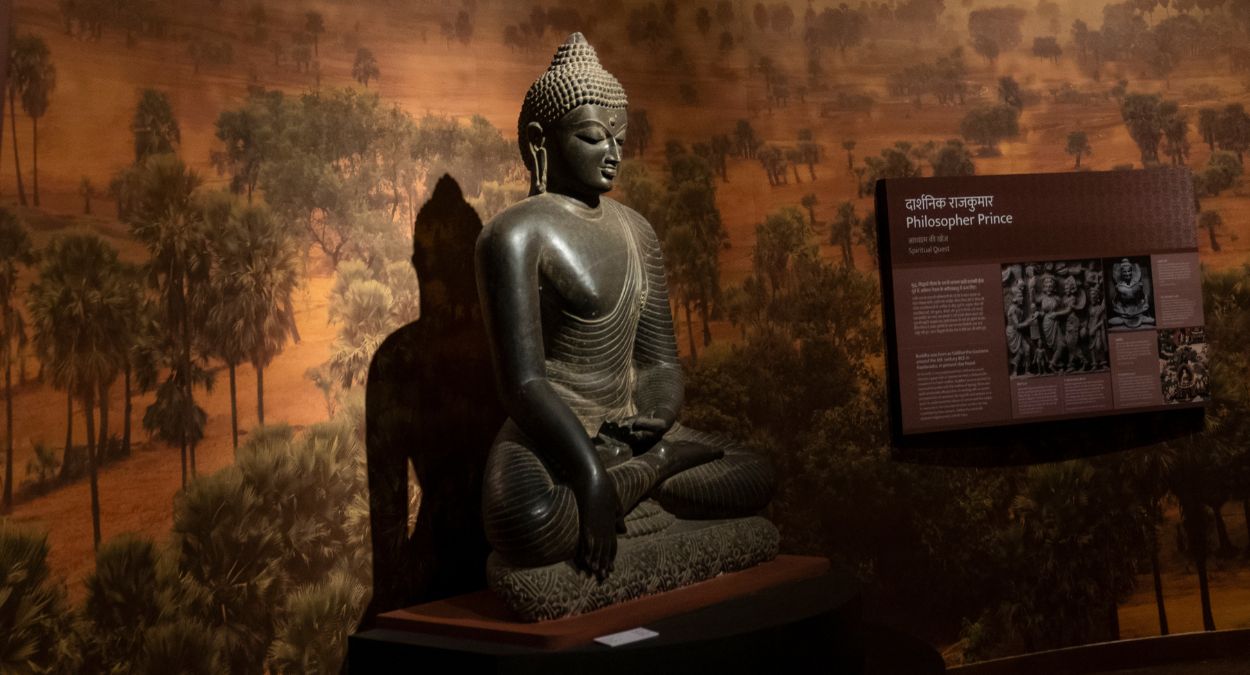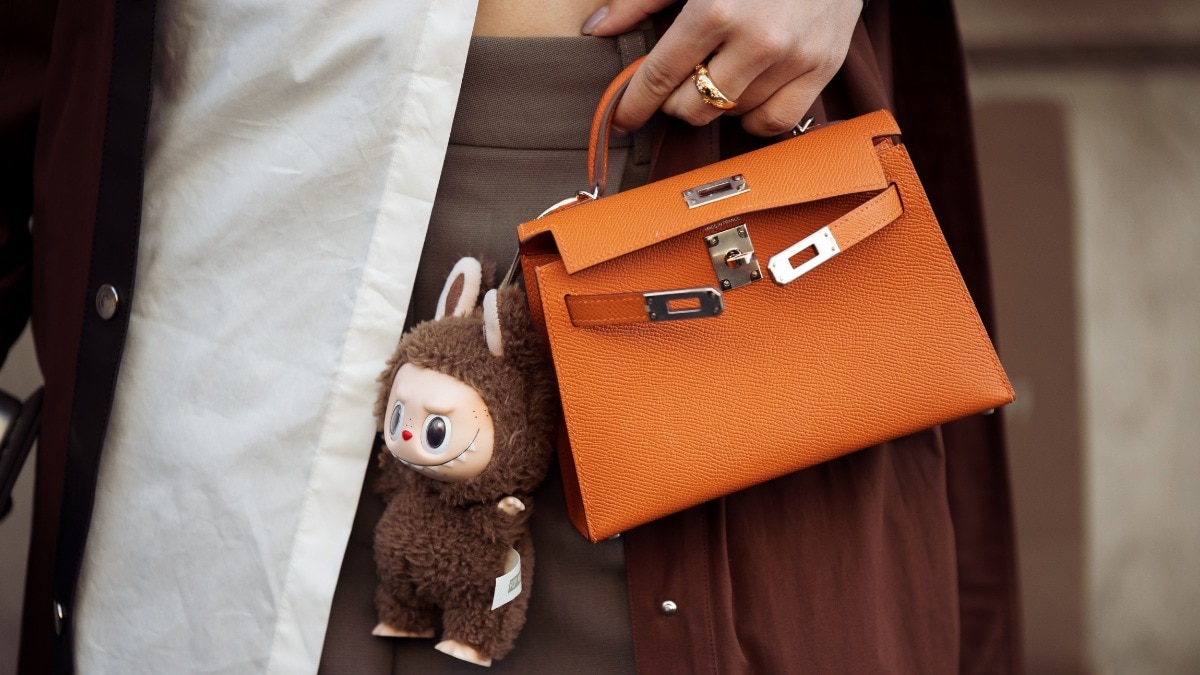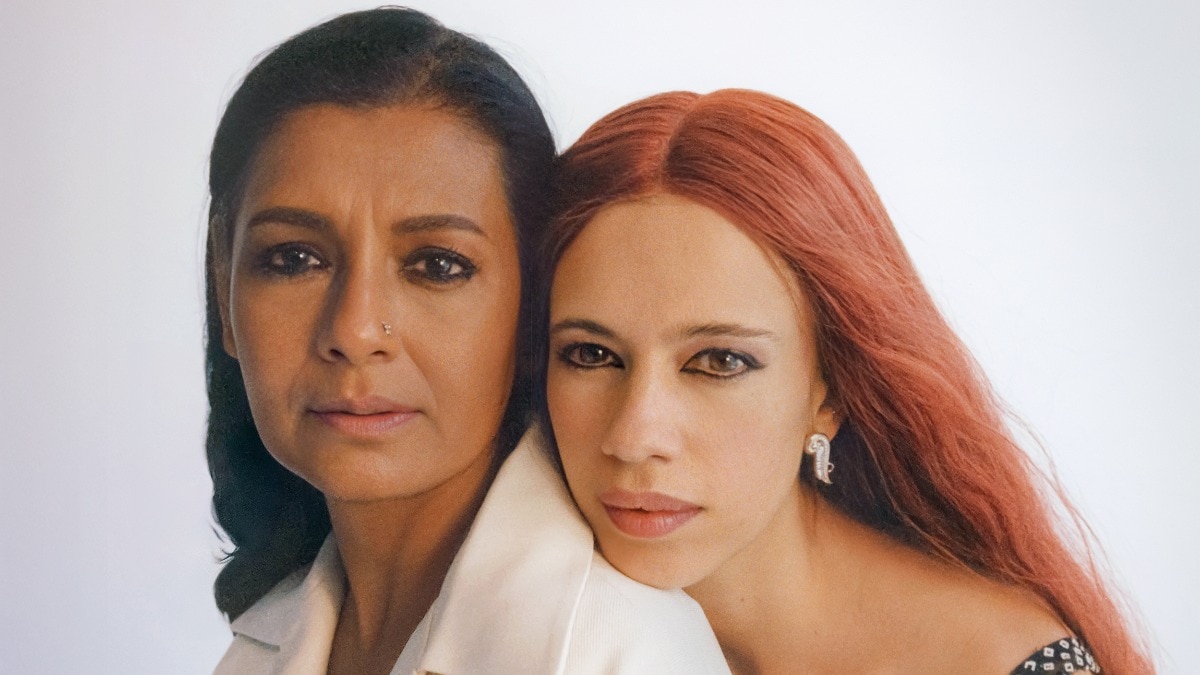A photo essay capturing the all-embracing corners and corridors of Patna's Bihar Museum
Harper's Bazaar captures 'who is the Bihar Museum?' instead of 'what is the Bihar Museum' as we explore it through the eyes of its visitors.


In this essay by photographer Shubhangi Agrawal , the idea of navigating the museum as a sacred space of learning comes together with that of a time capsule, reminding you of the rich history, culture, and legacy of the state. Inspired by world renowned museums, this is a sweet marriage of the past adorned on its walls and modern architecture through its halls, making it a formidable home to precious artefacts curated over time.
Place of learning

The Bihar gallery museum exhibits in a chronological order dating back to prehistory, protohistory, early Bihar, the rise of Magadha and successive dynasties. Much to learn as you walk through the museum, this particular showcase from the Orientation Gallery displays objects from the Regional Art Gallery. The cute animal figurines on the top shelf have storage inside, while the silverfish is usually a wedding gift for the daughters as part of a ritual, particularly in the Madhubani region.
Place of exploration

Representing the diversity of Bihar, the museum attracts a large audience, making it a place of exploration for curious minds. One of the many notable print works on display include that of the famous English landscape and marine painter and printmaker, William Daniell, who voyaged across the holy waters of the Ganga River, extensively, and illustrated the nuances of the state in studied detail.
Awakening of Bihar

Spread across 13.9 acres, there is something new to discover as you make your way through the various sections and galleries. Akin to an awakening, the new Bihar Museum throws light on the strength, courage, identity and the many treaures of the state. What makes for a stunning ode to devoted reverence is the statue of Vishnu from the Pal period which is of iconographic significance, showcasing God Vishnu as the savior, preserver, and protector.
A progressive touch

Although the museum was built primarily for you to experience history as you make your way through the expansive halls, it also delights you by taking you through an immersive journey of exploration that uses modern interactive mediums, infusing life into art. Cannot miss—the interactive digital art that showcases new work when you touch it.
No spatial constraints

The museum alternates between open and closed spaces in an attempt to portray transient space and time—like the one you see above that houses the sculpture of Padmapani Avalokitasvara, an embodiment of the compassion of all Buddhas. The architecture of the new Bihar Museum is based on the Japanese concept of oku—a spatial theory that pertains to the idea of "inwardness".
The female gaze

Head to the museum to catch a glimpse of the iconic Didarganj Yakshi—a life-size sculpture that displays the finesse of Mauryan stone-crafting in Chunar sandstone—an embodiment of strength and grace that reflects how women were idolized during the Mauryan empire. Far removed from the patriarchal lens we are often privy to!
Goddesses of Bihar

An exhibition of female deities, terracotta artefacts, and Hindu deities showcasing the divine and fierce spirit of the women of Bihar in ancient times should serve as mindful reminder to modern-day women of their inherent beauty and spirituality—a firm belief that was propagated and celebrated during the Mauryan regime. This terracotta sculpture present in the picture on the left is adorned with a tiara on her head—a symbol of pride and beauty. Celebrating inclusion and variety of technique, the photo on the right features a metallic sculpture made by the renowned artist, Ravinder Reddy, known for his depiction and description of Hindu goddesses and local women by whom he is surrounded. As evident here, the metallic statue signifies the rich metallurgical history of Bihar.
Mapping through miniature paintings

The miniature painting section is an extensive exploration of the works from the Rajput and Pahadi School. While both groups were heavily influenced by Lord Krishna and the idea of love and romance, the former is a fusion of Mughal and indigenous art.
The Buddha Courtyard

The heart of the museum, also known as the Buddha Courtyard, establishes the image of Bihar as the land of Buddha. The legendary enlightenment site of the Buddha under the Mahabodhi Tree is now occupied by the Mahabodhi Temple, which attracts Buddhist pilgrims and travellers from around the world. Interestingly, Jain leader Mahavira also belonged to Bihar and attained nirvana at Pawapuri. The center of the courtyard is ornamented by Yantra, an artwork by Subodh Gupta, the famous contemporary artist from Bihar.
Salabhanjika—The symbol of fertility

Salabhanjika, the symbol of fertility, is seen holding on to a tree. The statue of Salabhanjika depicts Maya (birth mother of Buddha) near the sala tree, from the Suga period. The strategic placement of the statue in the museum is a gentle reminder that Bihar remains the land where Gautam Buddha began his search for answers to human suffering and later found enlightenment.
Birth of Buddhism

It is believed that Gautam Buddha attained enlightenment under the Bodhi tree located in Bihar, making Bodh Gaya one of the four important pilgrimage sites for Buddhists. In this statue, Buddha is seated in Bhumisparsha mudra, double petalled pedestal with all his five fingers of the right hand extended to touch the ground, symbolizing Buddha's enlightenment under the Bodhi tree, when he summoned the earth goddess, Sthavara, to nourish his attainment of wisdom.
Yantra

'Yantra' is a special artwork made of utensils by the prominent contemporary artist Subodh Gupta who also hails from Bihar. His work iconically incorporates everyday objects to form an installation that reflects the economic transformation of his homeland.
Reflection of the past

The museum is a reflection of the past that encourages future generation to uplift themselves from the shadows of tired old ideas about Bihar and embrace the state as a culturally rich place of wisdom and enlightenment, alternating between anticipation and contemplation.
Inclusive experience

A place for everyone (be it children, minorities, women, couples, or others) the Bihar museum attracts a diverse audience because of its accessible location and unique experience-based learning that fuses entertainment with knowledge. The museum also helps you dive into the rich culture and heritage of the state intelligently.
Enough said, time for you to discover on your own!
For more details about the Bihar museum, visit https://biharmuseum.org/










